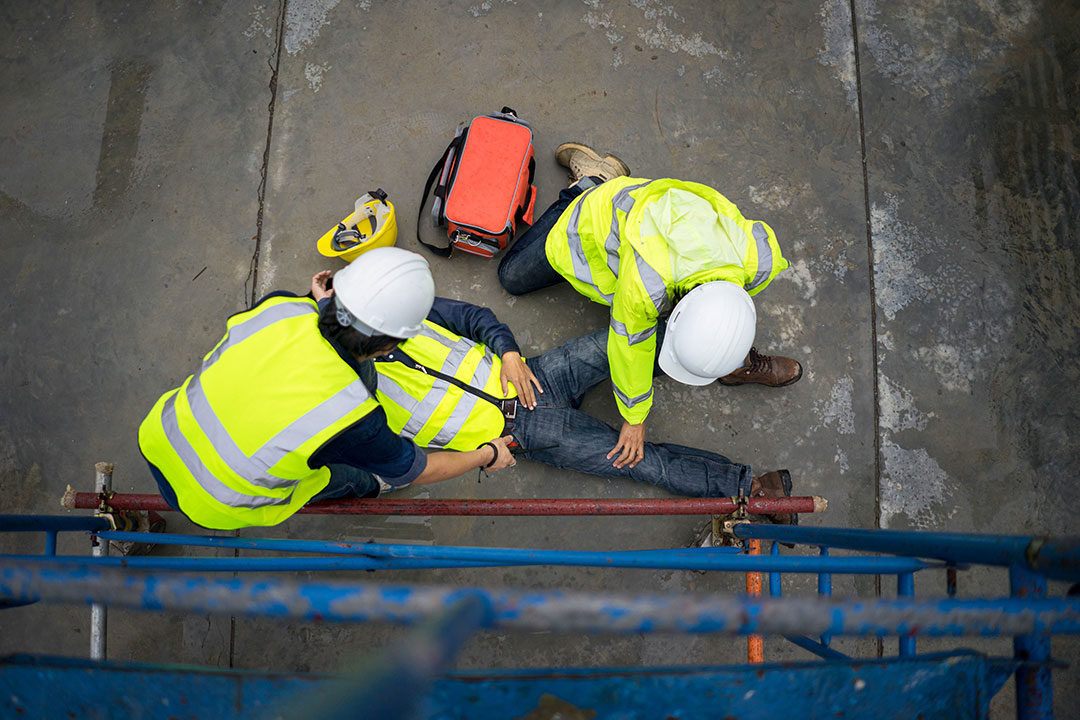Construction sites can be dangerous, especially when there are multiple employers performing different tasks. When workers from multiple specialties work on a jobsite, each job task brings forth different dangers. One of these dangers is working at heights of 6 feet or greater above a lower level — posing a greater risk for injuries from falls or improperly marked hazardous areas. It is imperative that those in charge of construction sites exercise proper protocols to give their workers added fall protection. However, falls may occur if there is a lack of communication between multiple specialties working on a jobsite.
The construction injury lawyers at MHM Legal represented a client who suffered serious injuries when she fell down an elevator shaft after another employer’s worker removed a guardrail. Let’s talk about her construction injury case.
Setting the Scene of the Fall
The client arrived at the jobsite in the early morning and walked near an opening for a recently constructed elevator shaft. Much to the client’s surprise, a supervisor from another employer had removed the guardrail that was required under OSHA regulation 29 CFR 1926.501(b)(14) outlining the requirement to have fall protection near a wall opening. The lighting in the building was not sufficient to show the guardrail had been removed, and she fell down one level into the elevator pit, sustaining burst fractures to her spine.
Proving the Violation of Fall Protection Standards
Our MHM Legal team investigated the incident, and through the use of expert witnesses, were able to prove the severity of the injuries and the violation of OSHA fall protection standards. The removal of the guardrail without a sufficient replacement was a direct violation of the rule requiring protection when a worker is working near a wall opening that is 6 feet above a lower level.
The shaft should have been made safe through the use of a guardrail system, a safety net system or a personal fall arrest system. As the case neared trial, we were able to obtain a substantial settlement for our client by proving their case through the use of vocational and economic experts along with jobsite safety and orthopedics specialists.
Why Fall Protection is Important
Fall protection is essential for all areas of the construction industry and failure to follow OSHA protocols may have catastrophic impacts on both construction companies and their workers. Through this case and others, we learned its importance in the many areas our clients normally work. For example, fall protection may be required for a worker who is:
- On a ramp, runway or walkway;
- At the edge of an excavation;
- In a hoist-area;
- On a steep roof;
- Near wall openings;
- On a working surface with holes such as skylights or unprotected sides or edges;
- Above a lower level where edges are unprotected; or
- On the face of formwork and reinforcing steel.
Rely on St. Louis Construction Injury Lawyers at MHM
Construction site workers and their employers must follow proper safety to ensure a safe jobsite. Our construction injury lawyers understand the intricacies of fall protection requirements and today’s OSHA standards in order to best help our clients get back on their feet on the next jobsite.
If you have been injured in a construction site accident, contact the MHM legal team to help you get back to work.
